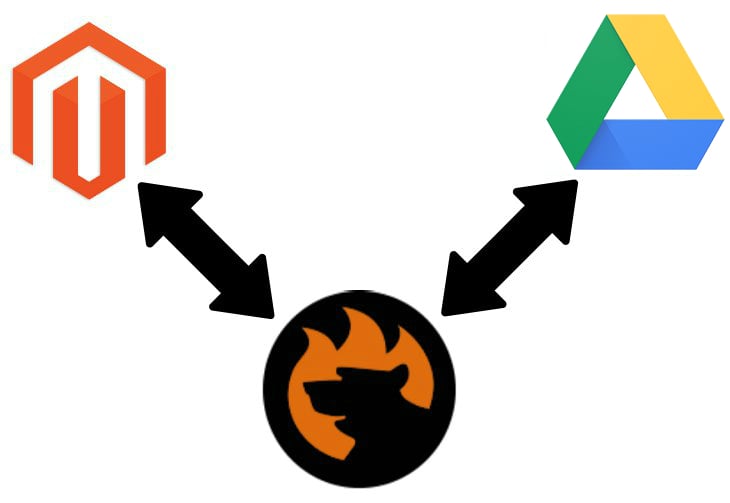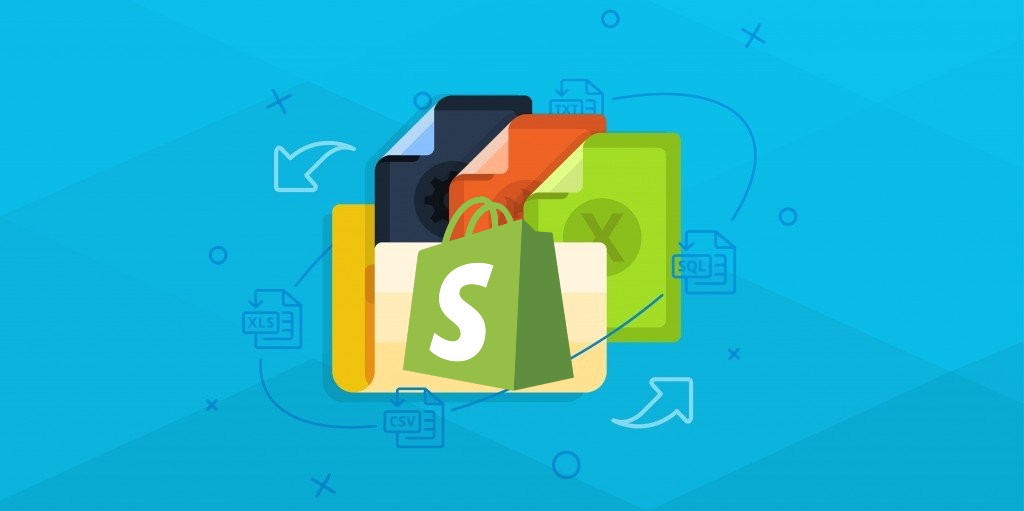How to Import & Export Data Between Magento 2 & Google Drive

Today, we are going to introduce you to the Magento 2 Google Drive integration. The following article sheds light on how to import and export entities between Magento 2 and Google Drive with the help of the Improved Import & Export extension. It explains how to synchronize Magento 2 and Google Drive. After that, we shed light on the general facts related to transferring data between our favorite e-commerce platform and the popular file storage. Next, the material proceeds to the core steps of the integration preparation. You will discover how to install Google API libraries and get Google Drive API credentials.
After that, the article focuses on establishing the connection between Magento 2 and Google Drive. You will learn to configure a Service Account and share a Google Drive folder. The last chapters are dedicated to configuring import and export jobs for Magento 2 and Google Sheets integration and exploring use cases. Since the integration incorporates Improved Import & Export, you will also find its features described below.





